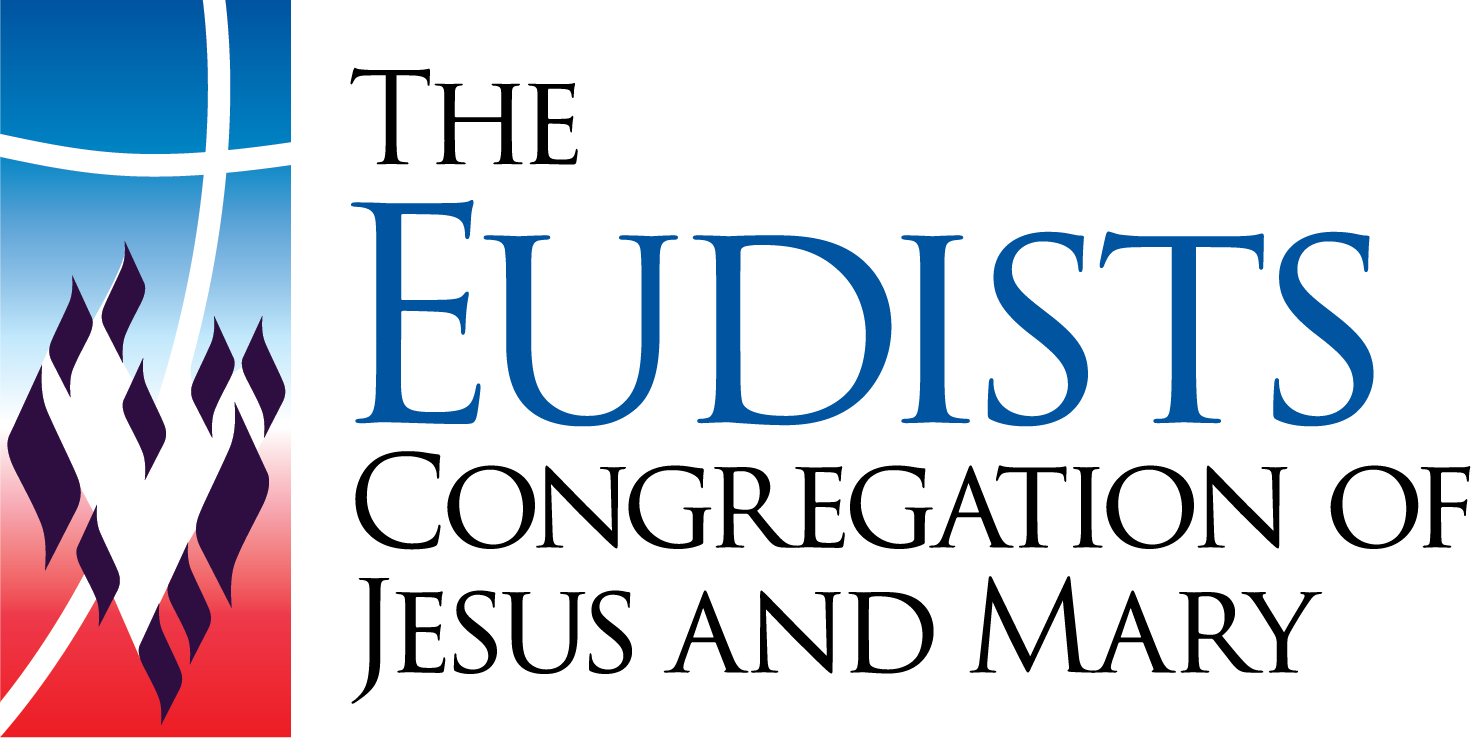St. John Eudes
Born in France on November 14, 1601, St. John Eudes’ life spanned the “Great Century.” The Age of Discovery had revolutionized technology and exploration; the Council of Trent initiated a much-needed reform in the Church; among the common people, it was the dawn of a golden age of sanctity and mystic fervor.
His Spiritual Heritage
No fewer than seven Doctors of the Church had lived in the previous century. Great reformers like St. Francis de Sales, St. Teresa of Avila, and St. John of the Cross had left an indelible mark on the Catholic faith. Their influence was still fresh as St. John Eudes came onto the scene.
He was educated by the Jesuits in rural Normandy. He was ordained into the Oratory of Jesus and Mary, a society of priests which had just been founded on the model of St. Philip Neri’s Oratory in Rome. The founder was Cardinal Pierre de Bérulle, a man renowned for his holiness and named “the apostle of the Incarnate Word” by Pope Urban VII. Rounding out St. John Eudes’ heritage is the influence of the Discalced Carmelites. His spiritual director, Cardinal Bérulle himself, had brought sisters from St. Teresa of Avila’s convent to help found the Carmel in France. John Eudes would later become spiritual director to a Carmelite convent himself. Their cloister prayed constantly for his missionary activity.
His Life of Ministry
As an avid participant in a wave of re-evangelization in France, St. John Eudes’ principal apostolate was preaching parish missions. Spending anywhere from 4 to 20 weeks in each parish, he preached over 120 missions across his lifetime, always with a team of confessors providing the sacrament around the clock, and catechists meeting daily with small groups of parishioners.
Early in his priesthood, an outbreak of plague hit St. John Eudes’ native region and he rushed to provide sacraments to the dying. The risk of contagion was so great no one else dared to approach the victims. In order to protect his Oratorian brothers from contagion, St. John Eudes took up residence in a large empty cider barrel outside of the city walls until the plague had ended.
His Foundations
During his missions he heard countless confessions himself, including those from women forced into prostitution. Realizing that they needed intense healing and support, he began to found “Houses of Refuge” to help them get off the street and begin a new life. In 1641 he founded the Sisters of Our Lady of Charity of the Refuge to continue this work. They would live with the penitent women and provide them with constant support. Today, these sisters are known as the Good Shepherd Sisters, inspired by their fourth vow of zeal to go out seeking the “lost sheep.”
Occasionally, St. John Eudes would return to the site of a previous mission. To his dismay, he found that the fruits of the mission were consistently fading for lack of support. The crucial piece in need of change was the priesthood. At that time, the only way to be trained as a priest was through apprenticeship. The result of this training was so horribly inconsistent that the term “hocus pocus” was invented during this time to describe the corrupted Latin used by poorly trained priests during the consecration at mass. In 1643 he left the Oratory and founded the Congregation of Jesus and Mary to found a seminary. Seminary training was a radical brand-new concept which had just been proposed by the Council of Trent.
His Mark on the Church
At a mission in 1648 St. John Eudes authored the first mass in history in honor of the Heart of Mary. In 1652 he built the first church under the Immaculate Heart’s patronage: the chapel of his seminary in Coutances, France. During the process of his canonization, Pope St. Pius X named St. John Eudes “the father, doctor, and apostle of liturgical devotion to the hearts of Jesus and Mary.” The Heart of Jesus because he created the first Feast of the Sacred Heart in 1672, just one year before St. Margaret Mary Alacoque had her first apparition of the Sacred Heart.
Although his Marian devotion was intense from a tender age, the primary inspiration for this feast came from St. John Eudes’ theology of baptism. From the beginning of his missionary career he taught that Jesus continues His Incarnation in the life of each baptized Christian. As we give ourselves to Christ, our hands become His hands, our heart is transformed into His heart. Mary is the ultimate exemplar of this. She gave her heart to God so completely that she and Jesus have just one heart between them. Thus, whoever sees Mary, sees Jesus, and honoring the heart of Mary is never separate from honoring the heart of Jesus.
Doctor of the Church?
At the time of this writing, Bishops the world over have requested that the Vatican proclaim St. John Eudes as a Doctor of the Church. This would recognize his unique contribution to our understanding of the Gospel, and his exemplary holiness of life which stands out even among saints. For more information on the progress of this cause, on his writings or spirituality, or to sign up for our e-newsletter updates, contact spirituality@eudistsusa.org.

